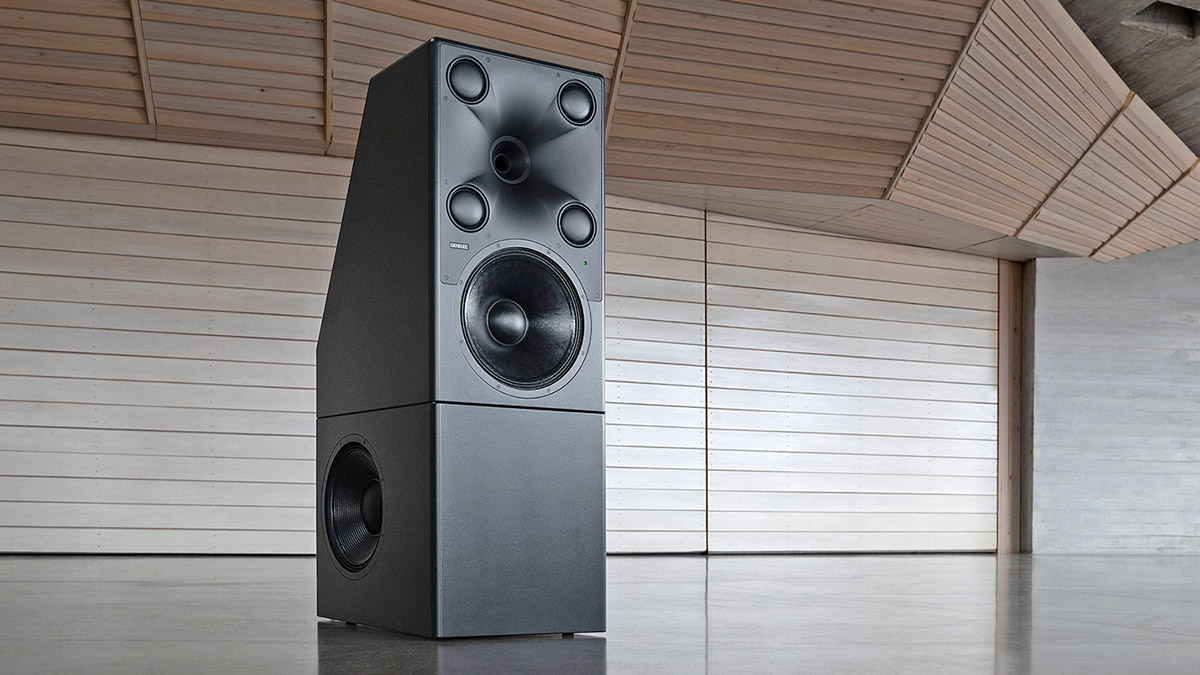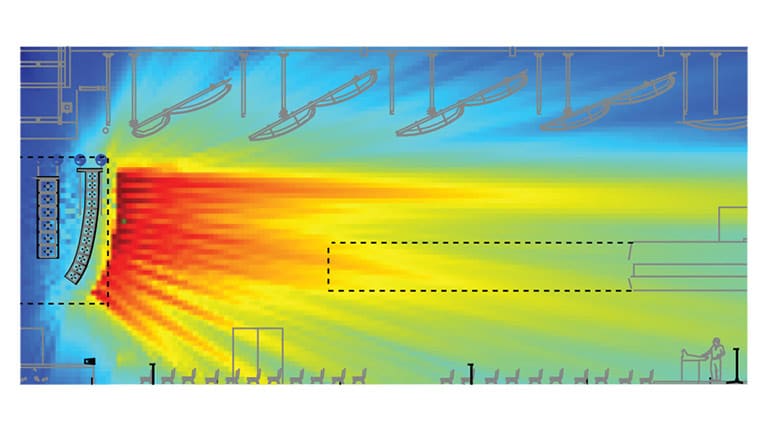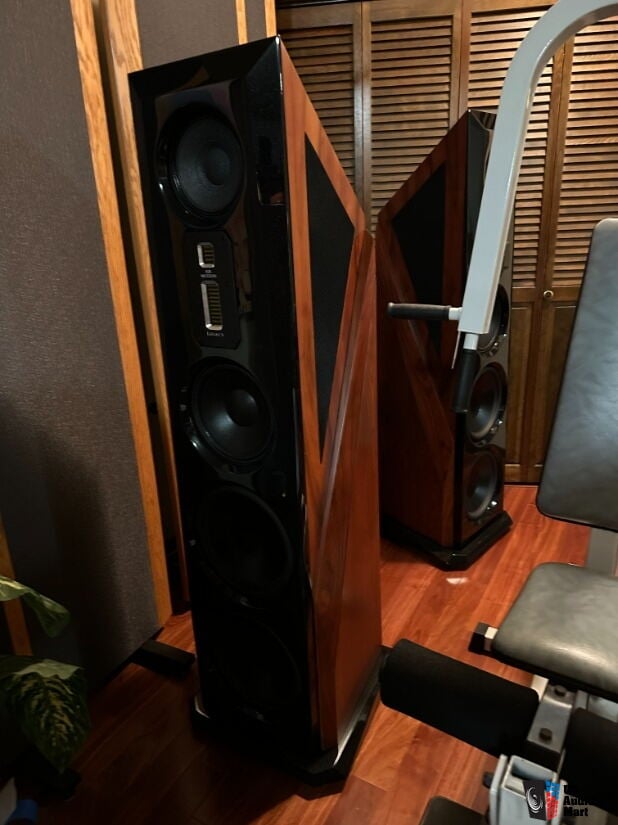There are no live concerts at 120dBSpl(A)! When you do that in Europe you are done with business and pay for the rest of your live.Now when it comes to rock or pop why do those concerts play at 120dB? Why aren’t people running away?
Nowerdays with line arrays level in the audience is pretty even distributed, there are no "hotspots" in the front. I always had an SPL Meter running when mixing at the FOH position. I'm normally not mixing lound (cause it makes no sense anyway, people/ears get used to it and you have to get louder every 2 songs), always staying under 100dBSpl. The law says 96dBSpl(A) for long time exposure. And at 105dBSpl(A) it already get's pretty loud ...
I once had a monitored PA system in a huge "Bierzelt" (Gäubodenfest, Germany) which puts the PA down a few dB when you get over the 96dBSpl(A) limit. Problem was the crowd already had about 85-90dBSpl and when screaming the PA was getting down ... that was a hard job
 but a lot of funny people in Bavaria
but a lot of funny people in Bavaria As you write when the source is clean you get used to the level and for a new "kick" you have to raise the level. But it doesn't really get better, you get used to it again. Just more distortion of your ear and guaranteed damage over time (like the "headphone kids". Way to loud (cause no distortion) for long time - they all will get hearing problems in their 50-60s). The ear doesn't repair. Once you killed your hf receptors in the cochlea they are done.
(The lessons about hearing physiology was one of the most important at sound engineering university. They need to teach that in middle school when it's not to late!)



